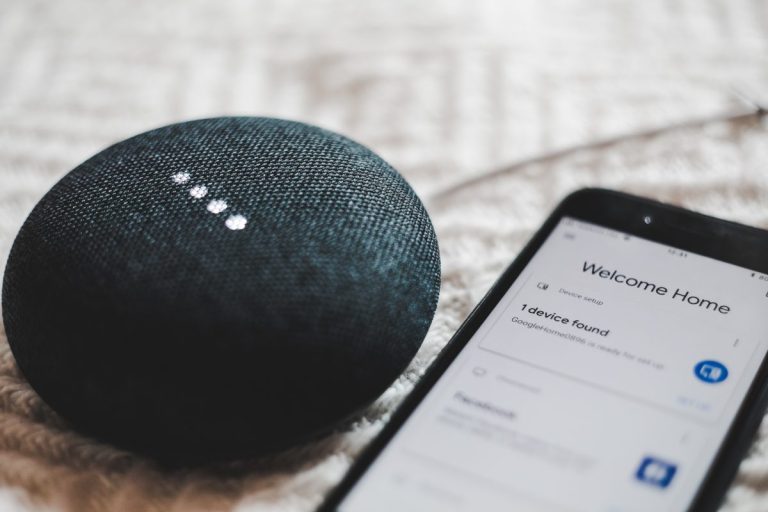93% of U.S. adults age 55 and older see aging in place at home as an “important goal,” and 49% say they will add assistive technology to their home as they age in place, according to a survey conducted by U.S. News & World Report in 2023 and 2024.
The 2023 survey, based on responses from 2,000 people age 55 and older, found that support for seniors living at home has only grown over the past year. The vast majority of respondents (93%) cited seniors living at home as their primary goal at the time, and rated different types of assistive technology that they thought would help them achieve their seniors living at home goals.
The technologies they cited as most helpful in achieving this goal were medical or health-related mobile apps, service-related apps such as food or grocery delivery, wearable medical or health trackers, complementary smart home technology such as Google Home or Amazon Alexa devices, hearing aids, and medical alert systems and devices such as LifeAlert, respectively.
The most common reason older Americans choose to use these devices is general aging, followed by mobility disorders such as arthritis and fibromyalgia, hearing impairments, vision impairments, and cognitive disabilities.
“Of the 47% of people surveyed who said they don't use assistive or health-related technology, the overwhelming majority (70%) simply don't feel they need it yet,” explains U.S. News & World Report. “Another 16% said they couldn't afford the technology, and 14% rejected it because they didn't want to lose their independence.”
But older adults are also embracing the technology more quickly: About 75% of adults 65 and older use the internet regularly, compared with just 19% of that age group surveyed with the same question in 2000. What's more, 61% of seniors own a smartphone or other mobile device, according to data from the Pew Research Center.
However, this does not mean that all barriers preventing older users from adopting these technologies have been removed: in 2023, ease of use (75%) and ease of set-up (50%) were cited as the factors most influencing their final decision, followed by accessibility via mobile app (38%) and wireless operation (37%).
Importantly, the majority of survey respondents said their use of these technologies has improved their quality of life. More than half of 2023 respondents said they feel more independent (55%). Some also said they feel safer (47%) and healthier (33%). In 2024, more respondents (32%) feel these tools have made them more mobile compared to a year ago (20%).
One reason the survey results showed a setback compared to the previous year was regarding seniors' preparedness to age in their own homes: In 2024, 50% of respondents said they were fully or at least somewhat prepared to live in their homes as they aged, compared to 59% in 2023.
“Currently, 14% (down from 19%) say their home is completely ready, and 20% (up from 17%) say their home is not at all ready,” according to the report.
Some of these results have been demonstrated in real-world situations: In 2022, the New York State Department on Aging announced it had launched a program to deploy smart home technology to combat feelings of isolation among seniors.
An evaluation of the program a year later found that participants experienced a 95% reduction in feelings of loneliness and that user engagement had increased.

